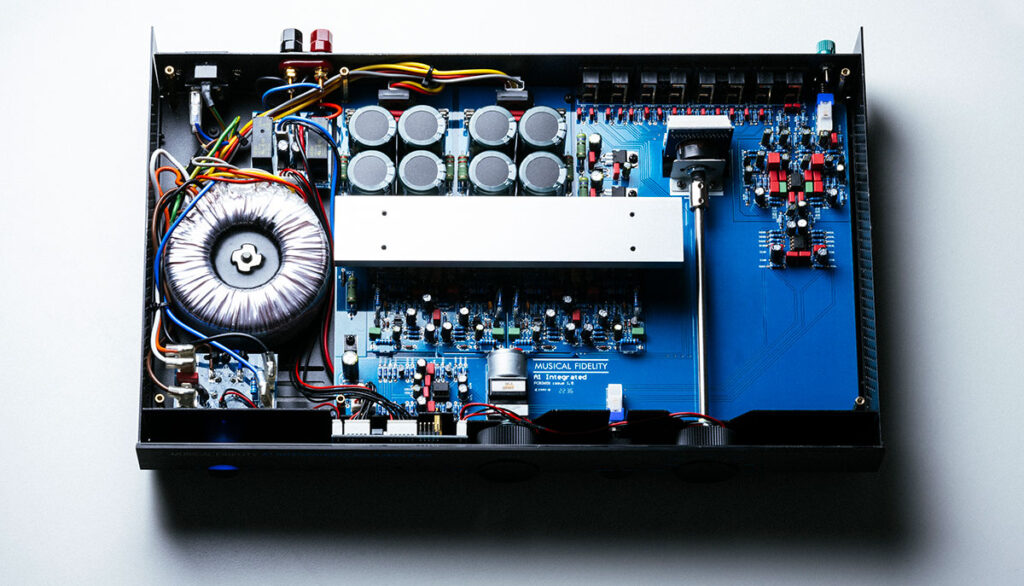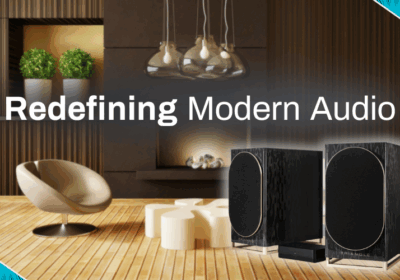Even if you only had half an interest in audio you would be aware that everything old is new again.
The obvious example of this is the resurgence of vinyl, but we are also seeing a return to the designs of yesterday. The Leak Stereo 130 amplifier is a case in point – although it is a very modern amp in a retro box. The superb A-S series of amplifiers from Yamaha are visually based on their designs of the 70’s and 80’s. Loudspeaker companies such as Wharfedale, Heybrook and JBL have released versions of their classics from the last century.
Occasionally this can work in your favor. The team behind the French speaker manufacturers Revival reportedly knew the sound they wanted, and then designed the speaker box around that sound, rather than the current trend to design the speaker box and then build the sound around it – there is more than a handful of sonically compromised great looking speakers out there! The result is a design that looks like it came straight out of the 70’s, which, thankfully happens to also offer exceptional performance at a remarkable price.
One very notable recent release is the A1 amplifier from Musical Fidelity. The original A1 was released in 1985, and immediately became a classic. It was briefly revied in the early 2000’s, but that release was an A1 in looks and name only. This latest release is based faithfully on the original with any chances being necessary given the passage of time.
The A1 is a very basic amplifier, designed for purist audio listening, albeit on a budget. It consists of a volume control and input selector (6 inputs including phono) and a remote that has volume and mute only. It is a Class ‘A’ design delivering 25watts RMS/Channel. And like the original A1 it runs very hot (the current chassis is slightly larger than the original in an attempt to better dissipate the heat – but like all real Class ‘A’ designs it still outputs a lot of heat).

This is not an amplifier that will appeal to everyone. The lack of facilities will ostracise some. Also it is not as clinically detailed sonically as some modern designs. But it does appeal to me! There is a richness and smoothness that is beguiling. It also portrays a fabulous sense of rhythm – something that I fondly recall from the original design. The music tends to effortlessly flow, drawing you into the performance. This sonic signature is to be expected given the initial design was the work of Tim de Paravicini, one of the best amplifier designers of the time, and who’s specialty was valve amplification. This is an amplifier that you can live with, and enjoy, over long periods of time.
For some the other drawback could be the low output – but this is not as critical as you may imagine. Another notable and recent addition to our range is the new B&W 800 series Signature speakers, which includes the 805 D4 Signature selling at a tad under $20k. When we told B&W that our amp of choice to demonstrate this speaker was the Musical Fidelity A1 they were incredulous – but the combination works a charm. The ability of a $3,000 amplifier to bring the best out in a $20,000 speaker speaks loads about the amp.
When David Price reviewed this amplifier for StereoNet he commented “it is true affordable esoterica then – offering performance in some respects that’s hard to beat at three, four or maybe five times the price”.
This is not an amplifier designed as the A/V equivalent of the Swiss Army Knife, or for very large rooms, or for those who tend to play their music at very loud levels. For the rest of us it could be just what you have been waiting for.




